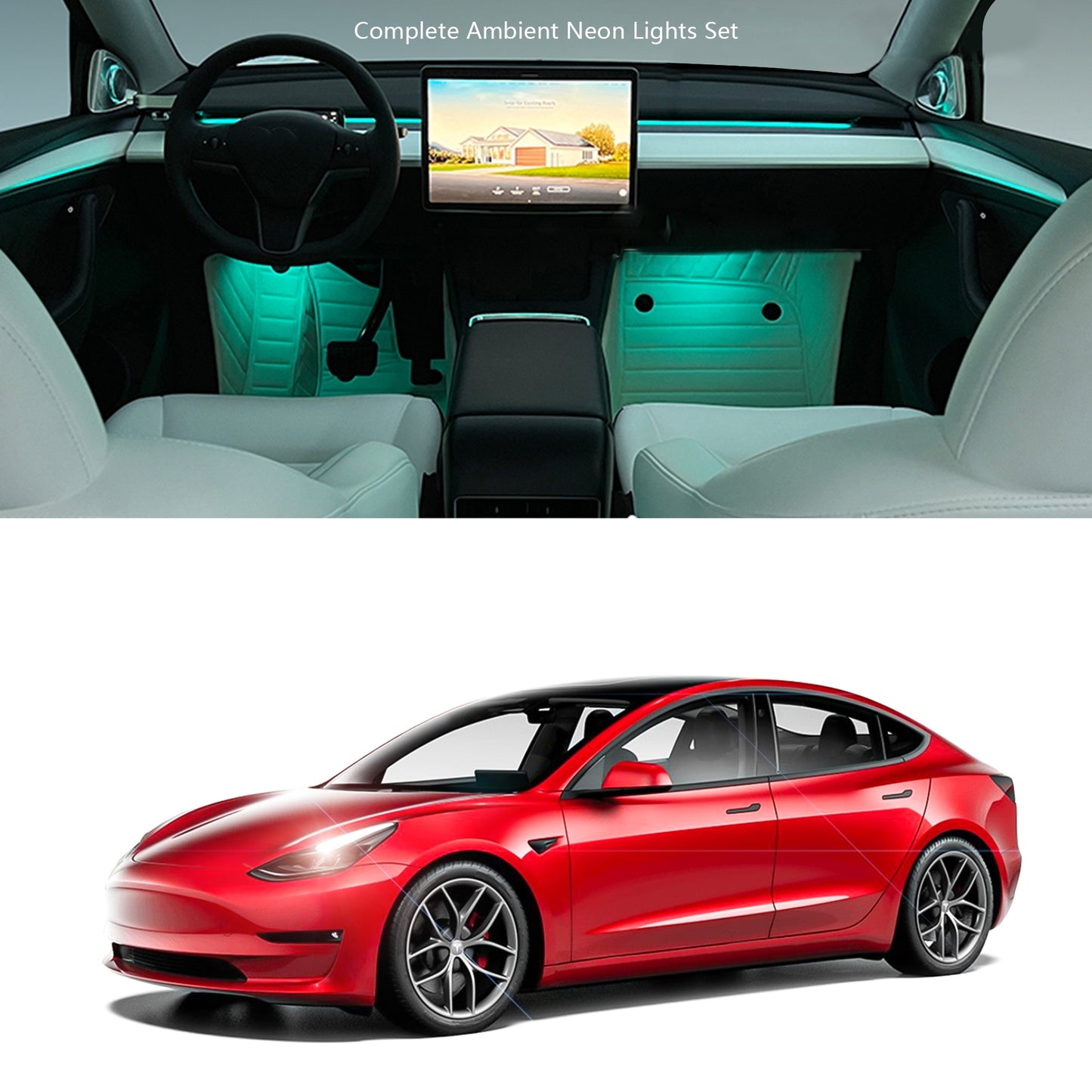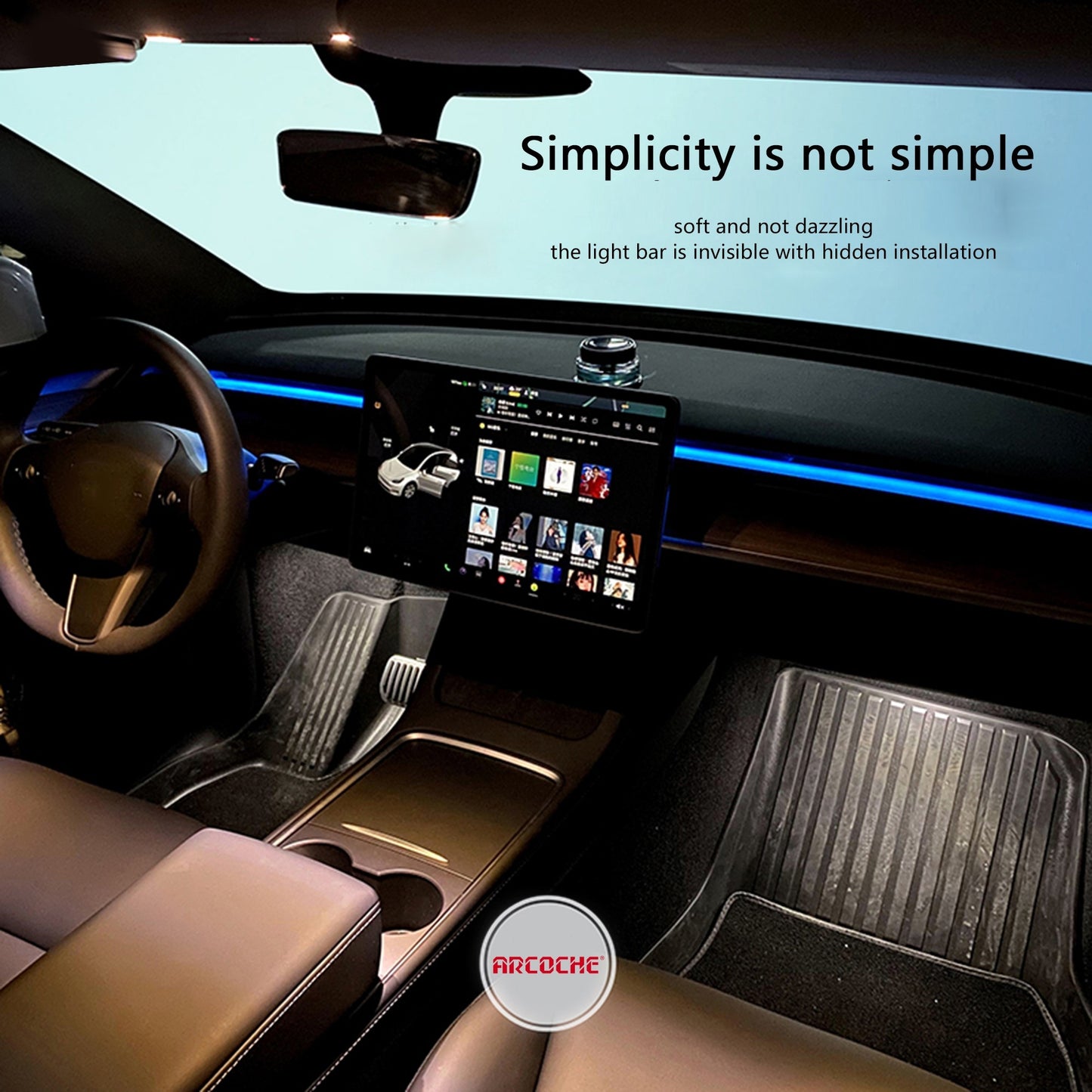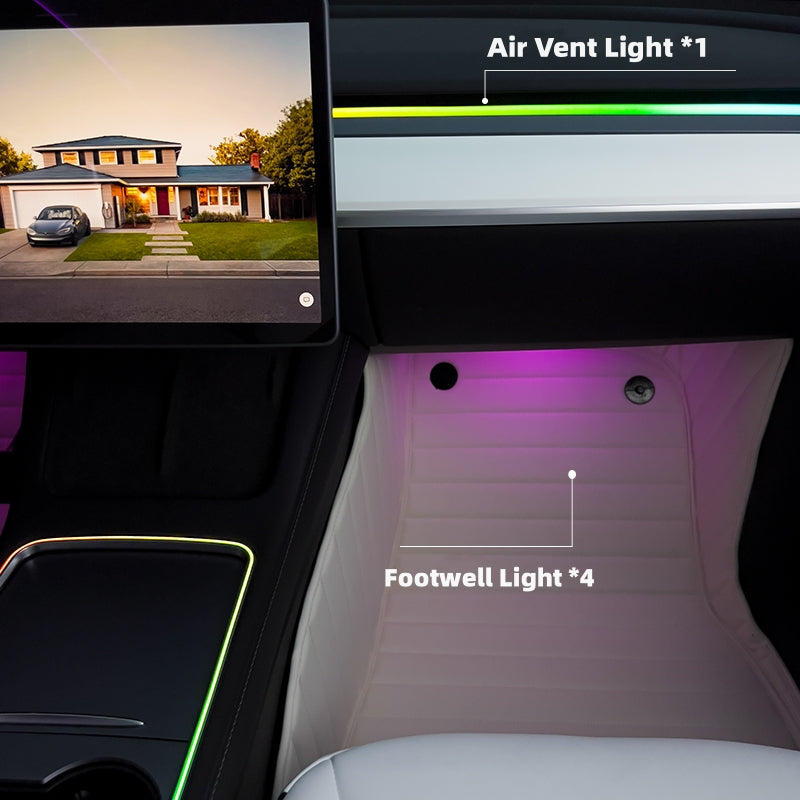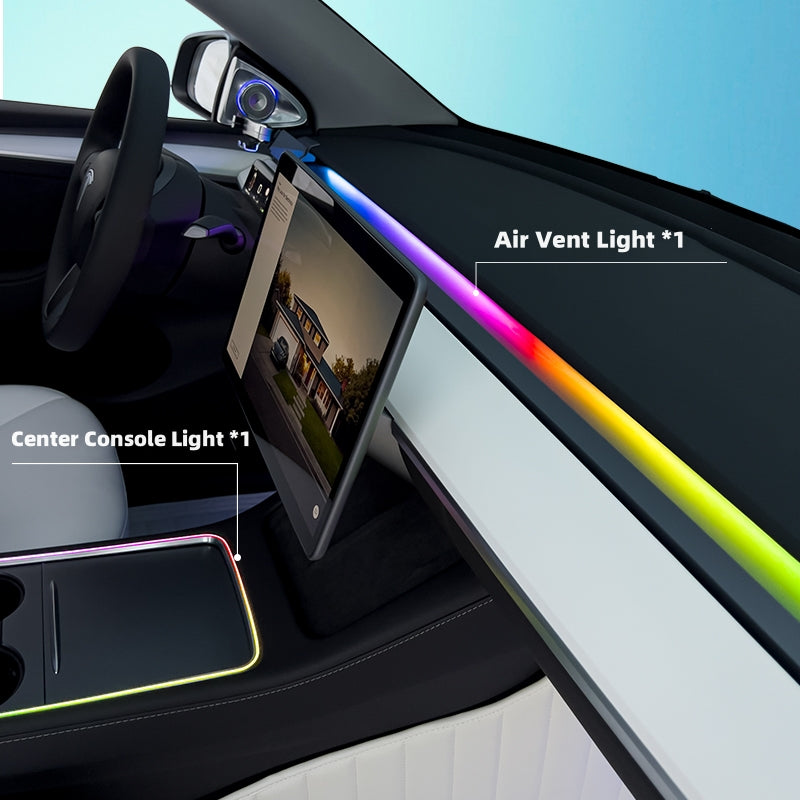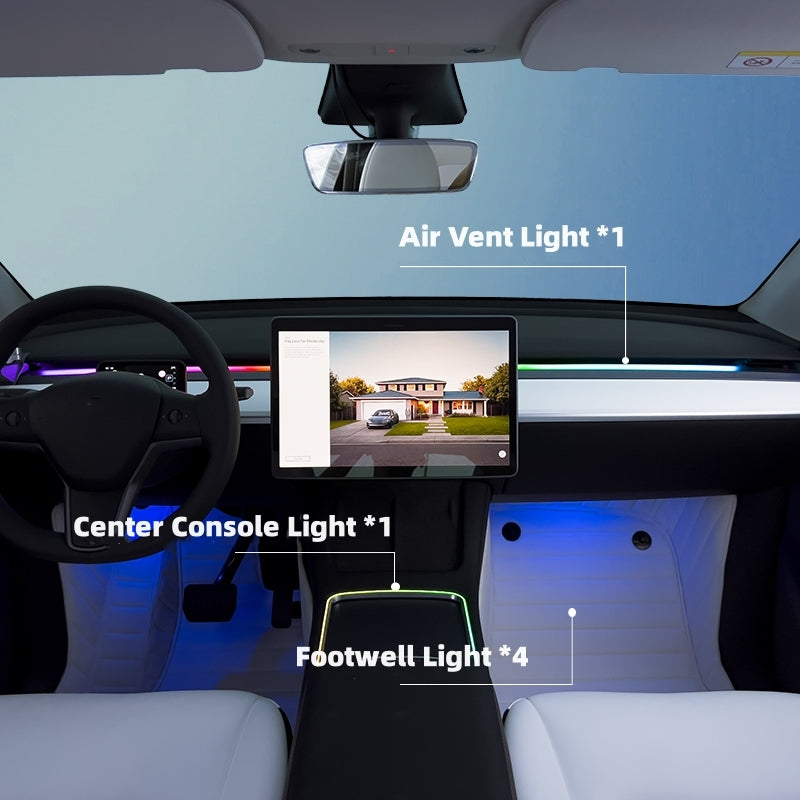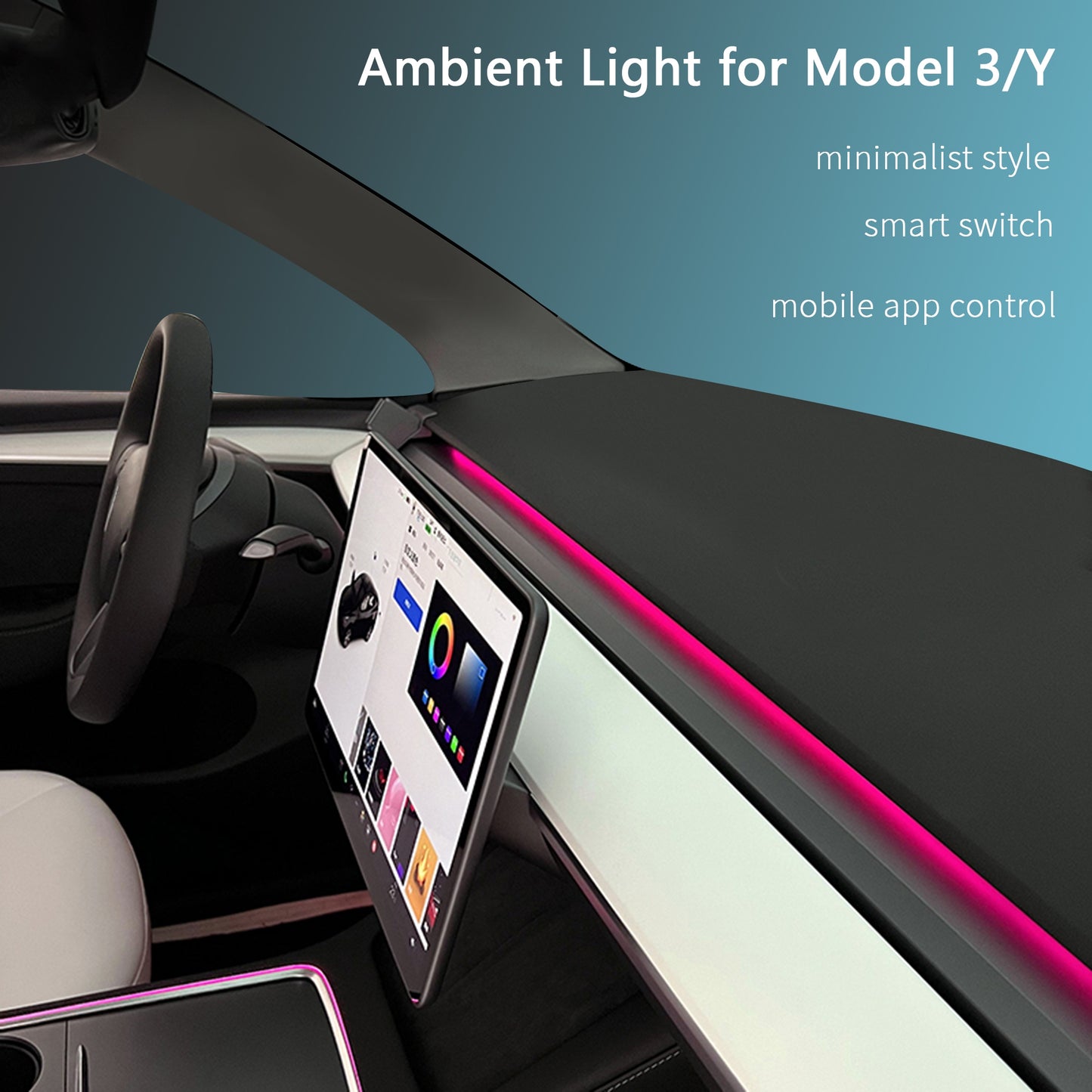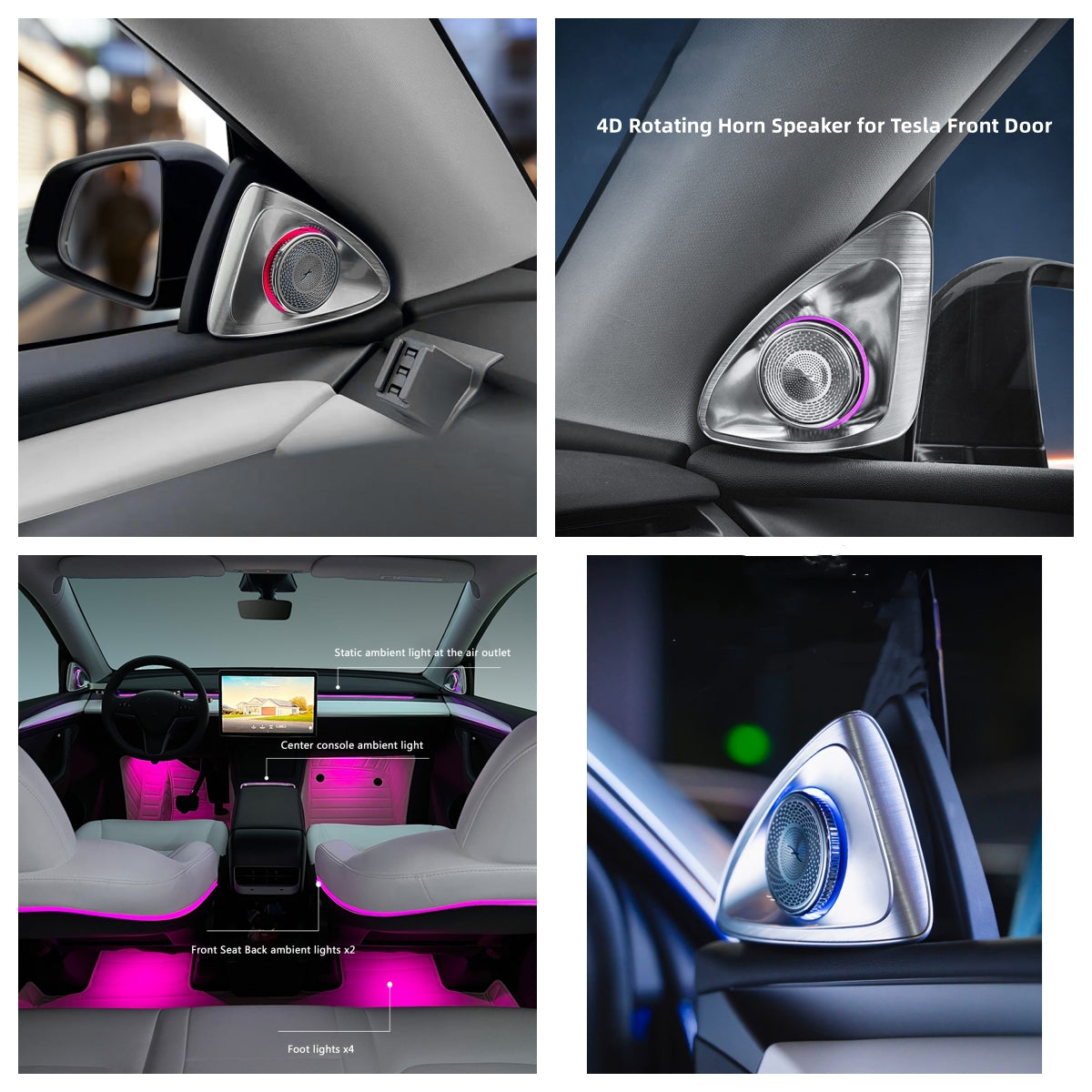
La Tesla Supercharger Network sta svolgendo un ruolo fondamentale nel promuovere gli Stati Uniti verso il suo obiettivo di infrastruttura di ricarica 2030.
Gli Stati Uniti puntano ad avere 33 milioni di veicoli elettrici (EV) su strada e 500.000 stazioni di ricarica pubbliche per EV entro il 2030. Tuttavia, un recente rapporto del National Renewable Energy Laboratory (NREL) rivela che l'implementazione di stazioni di ricarica rapida DC è in ritardo rispetto a questi ambiziosi obiettivi. Nonostante il deficit generale, la rete Supercharger di Tesla si distingue come leader nello sviluppo delle infrastrutture di ricarica nel paese.
Il rapporto NREL, che copre l'implementazione delle stazioni di ricarica per veicoli elettrici fino al terzo trimestre dell'anno precedente, evidenzia la posizione dominante di Tesla nelle stazioni di ricarica rapida DC. I dati indicano che la rete Supercharger di Tesla costituisce quasi due terzi (61,7%) delle porte di ricarica rapida DC pubbliche della nazione elencate nello Station Locator. Inoltre, l'8,1% delle porte pubbliche di Livello 2 è attribuito alla rete di ricarica Destination di Tesla.
Sebbene i Supercharger di Tesla contribuiscano in modo significativo all'infrastruttura di ricarica, il rapporto sottolinea che gli Stati Uniti hanno raggiunto solo il 9,1% di progressi verso gli obiettivi del 2030 se si considera la rete Tesla. Escludendo Tesla, il paese è solo al 3,1% del percorso verso il raggiungimento degli ambiziosi obiettivi di EV e stazioni di ricarica.
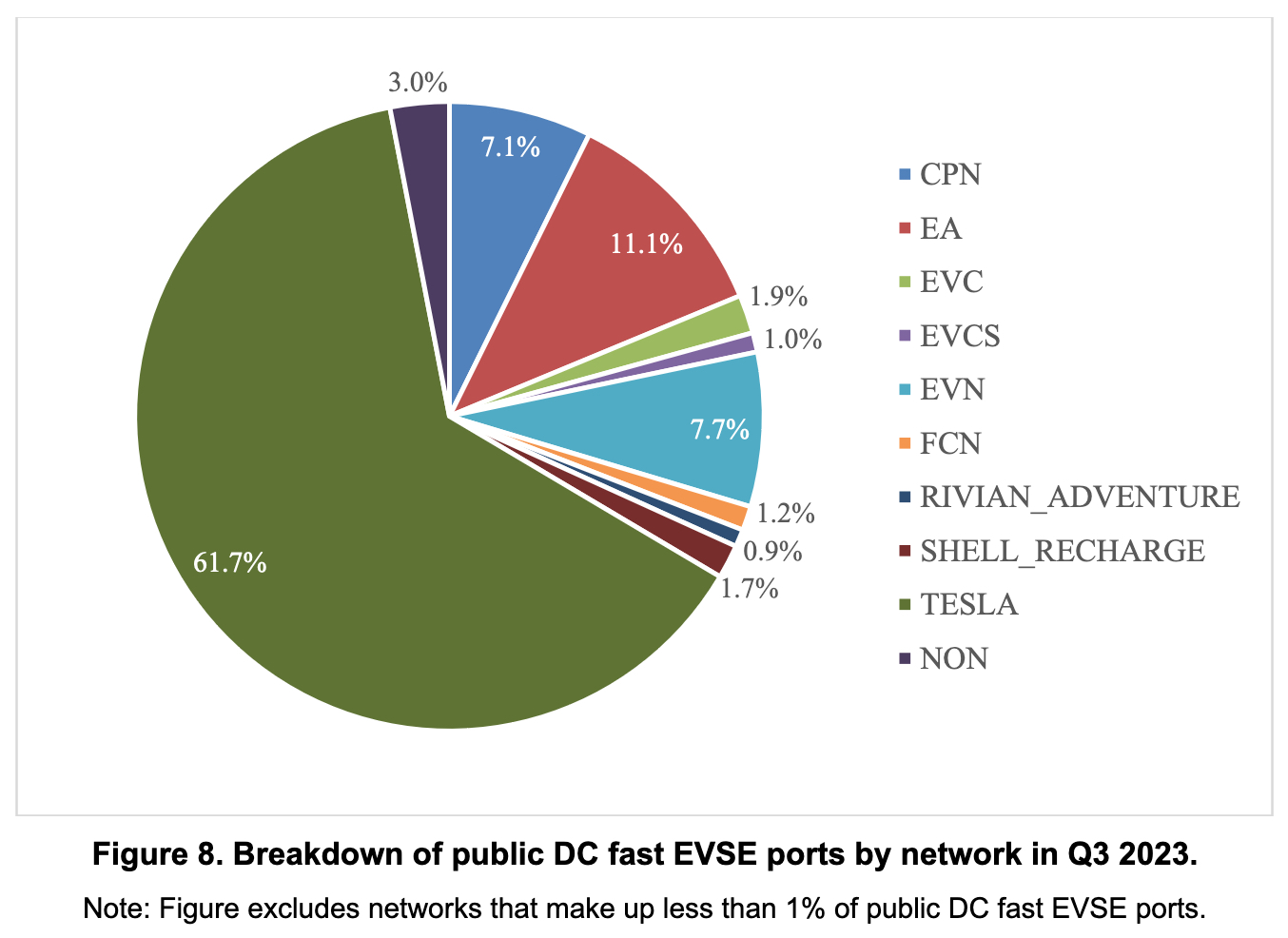
Escludendo ChargePoint dal grafico precedente a causa delle sue 62.580 porte di ricarica pubbliche, che consistono prevalentemente di caricabatterie di Livello 2, si è creata una rappresentazione distorta. A differenza dei Supercharger di Tesla, che sono caricabatterie rapidi CC, la maggior parte delle offerte di ChargePoint rientra nella categoria di Livello 2. Il rapporto evidenzia anche uno sviluppo degno di nota, che indica l'aggiunta di 2.696 porte di ricarica rapida negli Stati Uniti durante il terzo trimestre dell'anno precedente, segnando un aumento dell'8,3 percento rispetto allo stesso trimestre dell'anno precedente.
Tesla ha annunciato di recente il suo ambizioso piano di lanciare una postazione Supercharger ogni ora. L'azienda punta a raggiungere un totale di 23.000 postazioni in Nord America entro lo stesso periodo dell'anno prossimo. In particolare, Tesla ha iniziato ad aprire la sua rete Supercharger ad altre case automobilistiche, a partire da Ford e presto estendendo l'accesso ai veicoli elettrici di Rivian, General Motors (GM), Volvo e Polestar. Si prevede che questa mossa aprirà la strada a un più ampio accesso del settore alla rete Supercharger.
Nei prossimi anni, si prevede che molte case automobilistiche adotteranno lo standard di porta di ricarica NACS di Tesla per i loro veicoli elettrici, consentendo un accesso senza interruzioni alla rete Supercharger senza la necessità di adattatori. Mentre i Supercharger di Tesla sono ampiamente considerati la rete di ricarica più affidabile, altre aziende continuano a lottare per mantenere la funzionalità delle loro stazioni di ricarica. Un recente rapporto di JD Power ha evidenziato che circa il 18 percento dei tentativi di ricarica pubblica presso i caricabatterie di Livello 2 non ha avuto successo nel quarto trimestre del 2023, con interruzioni che costituiscono la maggior parte di questi fallimenti.
A gennaio, il governo degli Stati Uniti ha reso noti i finanziamenti per un totale di quasi 149 milioni di dollari destinati a risolvere il problema di circa 4.500 caricabatterie pubblici malfunzionanti, insieme a numerosi altri investimenti volti a rafforzare il settore dei veicoli elettrici.
-------L'articolo è tratto da TESLARATI.




